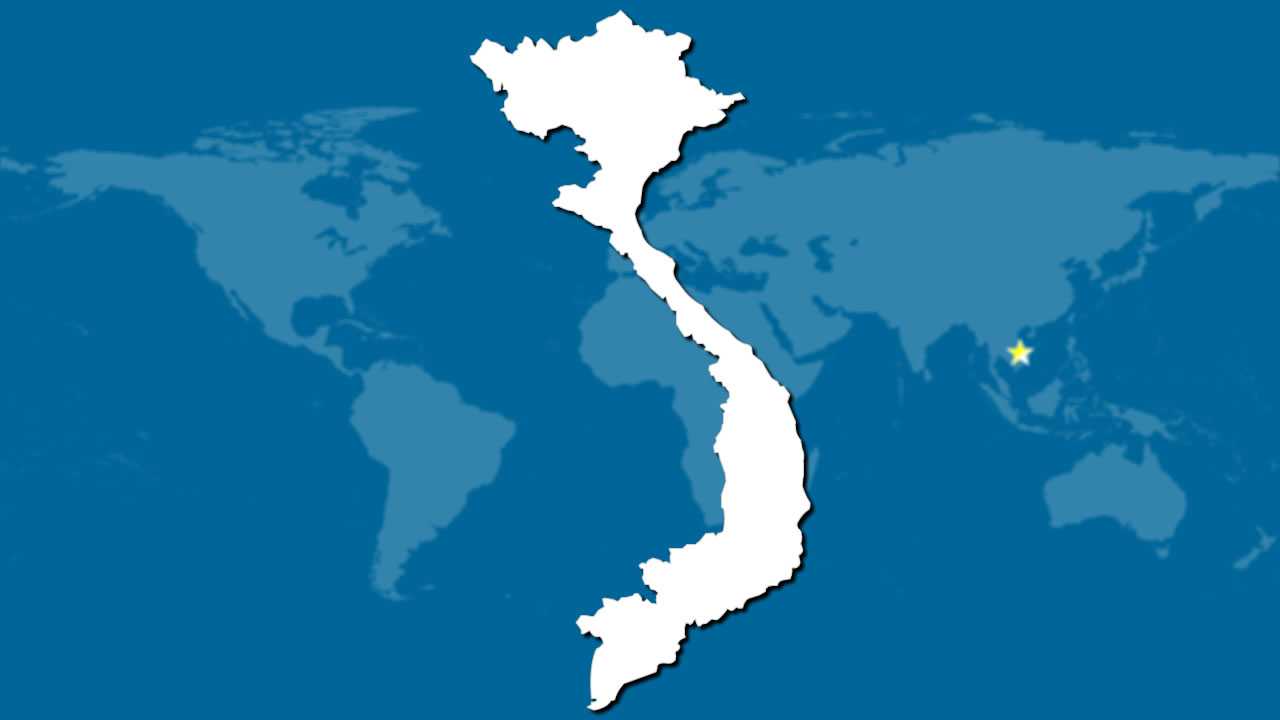Since the end of 2015, unusually dry conditions and sparse rainfall attributed to El Niño have caused water scarcity and significant damage to crops in large parts of Viet Nam.
The situation has been worsened by saltwater intrusion which affected 50 per cent of the Mekong Delta region, reaching 70-90 kilometres inland. Some water levels are at the lowest recorded in 90 years.
Vietnam will need VND25 trillion ($1.1 billion) from 2016-2020 to repair the consequences of the devastating El Niño that hit Vietnam this year, the agriculture ministry said at a seminar on Tuesday.
To start with, the country must allocate more than VND3.7 trillion (167 million) in 2016 to help farmers to restore agricultural production, repair water supplies and upgrade drought and salinity defenses.
18 provinces in the Central Highlands, a key area for industrial plants, and the Mekong Delta, known as the country’s rice bowl, were hit by an historic drought and saltwater intrusion between 2014 and 2016.
The turbulent weather destroyed hundreds of thousand hectares of fruit, rice, sugar cane and coffee crops, affecting the lives of two million local residents. (One thousand hectare is equivalent to 2,471 acres.)
“Economic losses are estimated at VND15 trillion ($673 million),” said Tran Dai Nghia from the Institute of Agriculture Strategy.
For the first time, Vietnam has enlisted support from international communities and had received more than $16 million in emergency relief to cope with the effects of El Niño as of the end of July.
However, Nghia said that changes in weather conditions should be viewed as a chance for Vietnamese farmers to adjust their cultivation strategies and make the most of the situation. Farmland that has been swamped by saltwater can now be used to farm seafood.
Vo Tong Xuan, a seasoned Vietnamese agriculture expert, told VnExpress that farmers should alternate between rice crops and shrimp farming.
“My Xuyen District [in the Mekong Delta province of Soc Trang] has taken this approach and their average earnings have quadrupled or even quintupled,” said Xuan.
Vietnam is one of five countries forecast to be most adversely affected by climate change.
Temperatures have increased by 0.05-0.20°C and sea levels have increased by 2-4 cm per decade in the last 50 years.
The United Nations warns that if sea levels rise by one meter, Vietnam will face a loss of $17 billion each year; one fifth of the population or some 18 million will be homeless, and 12.3 percent of farmland will disappear















